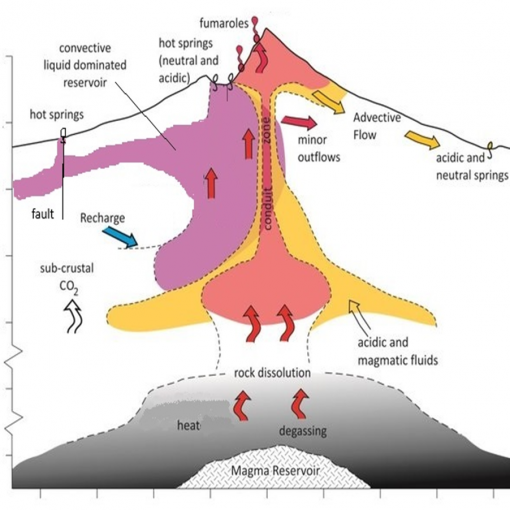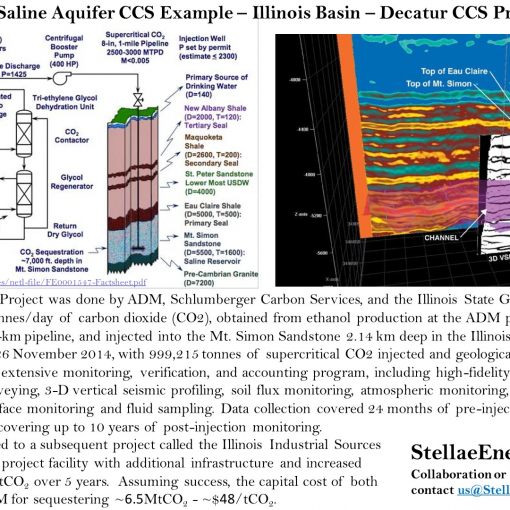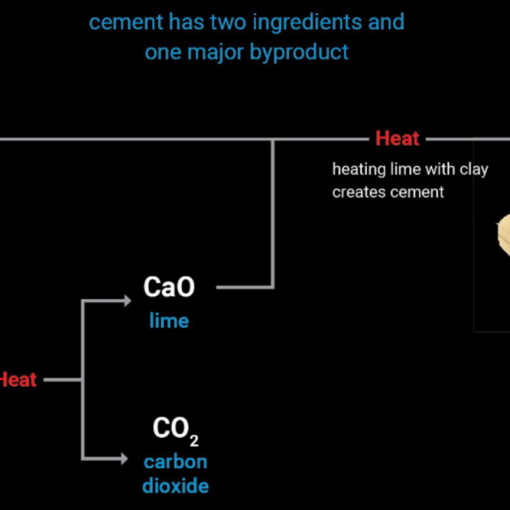For those more familiar with conventional oil & gas resources, it is convenient to make a comparison showing similarities and differences:
| Oil & Gas | Geothermal Energy |
| Source Rock – fine-grained sediments with sufficient amounts of organic matter, which generate and release hydrocarbons able to migrate upwards; Fluids – hydrocarbon oil & gas and water; Reservoirs – accumulations of hydrocarbons contained in porous or fractured rock formations (i.e. sandstone, limestone); Trap/Seals –structural or stratigraphic traps with cap rock seals preventing further hydrocarbon migration; Surface Indicators – oil & gas seeps / releases, acoustic plumes; Exploration – Geophysical (Gravity, 3D Seismic), Wells. | Heat Source – volcanic/magmatic sources along plate boundaries; abnormally high heat flow from thinner crust areas; or granitic igneous intrusions; Fluids – mineralised water / brines or surface injected fluids; Reservoirs – Permeable Hydrothermal (wet, able to be produced and reinjected) or Fractured Rock (dry, natural or induced, able to have surface fluids injected and circulated); Traps/Seals – Thermal seals including impermeable rock; Surface Indicators – thermal gradients, hydrothermal features; Evaluation – Geophysical (AMT, Gravity, some Seismic), Wells. |










